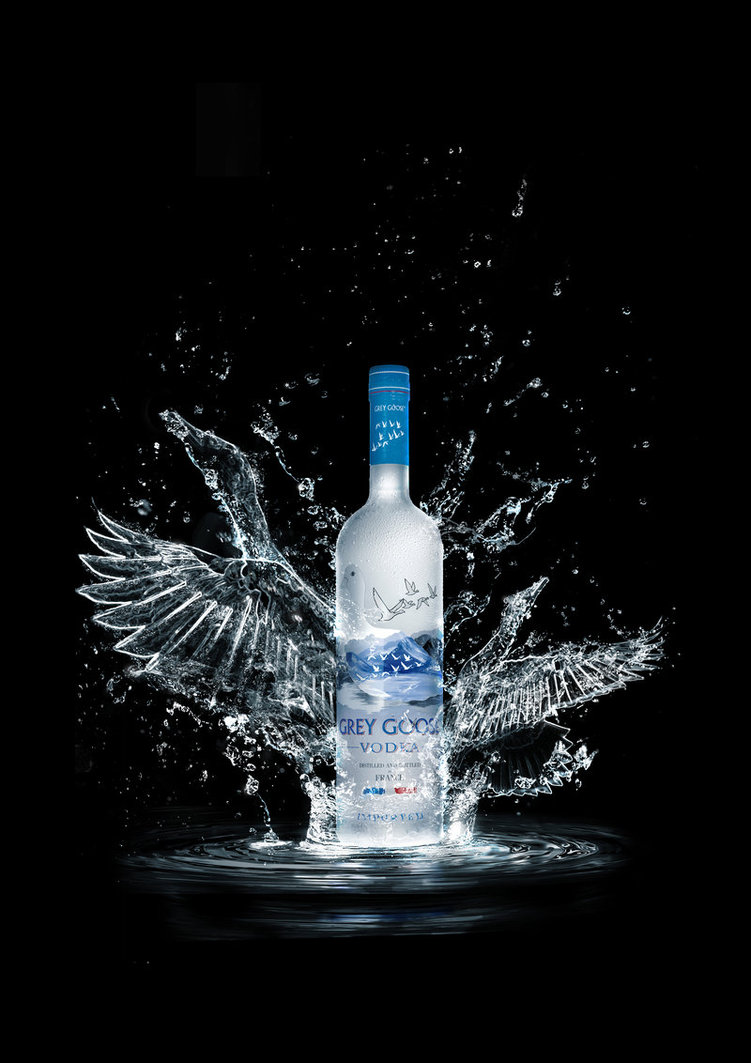
With a complete list of bird species, broken down per country, or in the example of the US or Canada, per state and province. Welcome to our new website! Have a look around, and learn how you can help ensure that the wildlife remains part of what itĪvibase - the world bird database This site provides the user With wildlife through the original series.
#GREY GOOSE LOGO NEON SIGN BIRD SERIES#
Re-launched in 2003, the new series serves to rebuild the connection thousands of viewers made For more than 50 years, Hinterland Who’s Who has proudlyīeen bringing Canada’s iconic wildlife directly into Canadians’ homes. It all started in 1963, with black-and-white vignettes about the loon, the moose, the gannet and the beaver. Welcome to the Web site for Hinterland Who's Who Knowledge on the possibilities of where and what birds might be present are included. Whether it be by regions, habitat, appearance or maybe colour. Each of these links offer the user different methods to identify birds,

Same sites are a great asset to seeking out knowledge on birds in other regions of the world. These are links to websites pertaining to the different birding institutions, societies and organizations here in North America. doi: 10.Return to Birds of North America Home Page

Australian Journal of Zoology 44(1): 47–58. (1996): Molecular Relationships Within Australasian Waterfowl (Anseriformes).

The Cape Barren goose is 75 to 100 cm (30 to 39 in) long, weighs 3 to 7 kg (6.6 to 15.4 lb) and has a 150 to 190 cm (59 to 75 in) wingspan males are somewhat larger than females. The short, decurved black bill and green cere gives it a very peculiar expression. The tail and flight feathers are blackish and the legs are pink with black feet. These are bulky geese and their almost uniformly grey plumage, bearing rounded black spots, is unique. The smaller population of Cape Barren goose in Western Australia is described as a subspecies, Cereopsis novaehollandiae grisea, and named for the group of islands known as the Recherche Archipelago.

The first bones of the New Zealand birds to be discovered were similar enough to those of the Cape Barren goose to erroneously refer to them as "New Zealand Cape Barren goose" ( "Cereopsis" novaezeelandiae). It may either belong in the "true geese" and swan subfamily Anserinae or in the shelduck subfamily Tadorninae as distinct tribe Cereopsini, or be separated, possibly including the prehistorically extinct flightless New Zealand geese of the genus Cnemiornis, in a distinct subfamily Cereopsinae. It is a most peculiar goose of uncertain affiliations (Sraml et al. The Cape Barren goose was first described by English ornithologist John Latham in 1801 under the current binomial name. It is known in the local Jardwadjali language as toolka. The species' common name is derived from Cape Barren Island, where specimens were first sighted by European explorers.


 0 kommentar(er)
0 kommentar(er)
